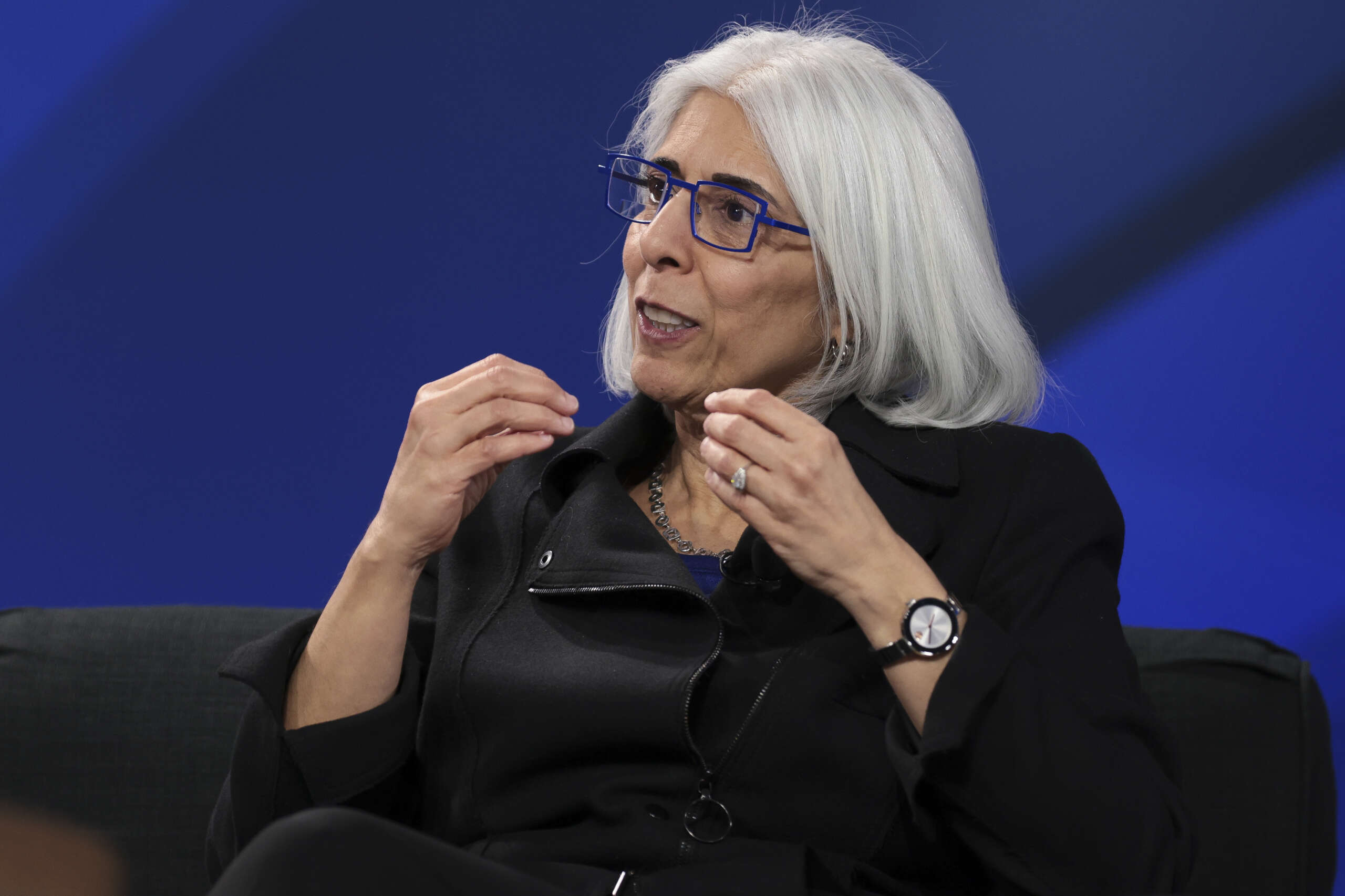
The Biden administration expects artificial intelligence will set a higher standard for a range of government services, and is showcasing what’s possible with these tools.
The White House’s Office of Science and Technology Policy (OSTP), at an “AI aspirations” summit Thursday, demonstrated how a dozen federal agencies are up to the task of using AI to deliver more services to more people.
OSTP Director Arati Prabhakar said accelerating the use of AI in government will require expertise, resources, and data sets from the private sector and academia.
“To build this future, we will need to do together what we can’t do separately,” she said.
Shalanda Young, director of the Office of Management and Budget, said AI “shows so much potential” for agencies to provide better customer service to the public — as long as agencies deploy these tools effectively.
“This is actually an opportunity for us to embrace exciting changes, and show that this power can be used for good, especially for services. But it also reminds me if we get it wrong, and we don’t marry the need to improve government service and use AI to do that in a way that is beneficial for people … If we don’t use AI to actually equitably deliver, we will lose people and their trust,” Young said.
Mo Early, portfolio lead for federal high-impact service providers at OMB, said that with the advent of AI, “there are new opportunities to reshape government services for the better, to give everyone the opportunity to feel relief, rather than frustration, to have the relevant context understood, and to feel confident that their data and privacy are being rigorously protected.”
“If done right, AI could help bring new opportunities that can more effectively connect each individual with the right support in a seamless and secure way,” Early said.
Commerce Secretary Gina Raimondo said NOAA is leveraging AI to create faster, more accurate weather models.
“NOAA’s vast data archives will help train the data sets needed to create AI predictive weather models,” Raimondo said.
National Science Foundation Director Sethuraman Panchanathan said the past 50 or 60 years of sustained federal research in AI are driving the breakthroughs we’re seeing today.
“NSF, of course, has been investing continuously in AI, even in AI winters. And here we are, all of us seeing the outcome of that. Yes, there’s a lot more work to be done, and NSF is truly excited to be able to continue to work with all of you and achieve those innovations,” Panchanathan said.
Education Secretary Miguel Cardona said AI could cause “enormous disruption” in schools and universities across the country, on par with the rise of the internet age.
“The AI train has left the station, and it’s moving full-steam ahead. It may be in its early stages, but we can be sure that it’s going to be present in the homes and in the classrooms of our country. And we can be sure that young people are going to use it in their lives and in their education — perhaps in ways we haven’t even dreamed of yet. So we have to meet them where they are.”
Prabhakar told reporters in a call ahead of the event that the Biden administration is showcasing work that’s already underway at a dozen federal research and development agencies.
“These are specific advances that are paving the way for even bigger things that are ahead,” Prabhakar said in a call Wednesday.
The administration is highlighting the potential of AI to accelerate drug research and approve new medications in “months rather than decades,” support individualized for K-12 students and enable neighborhood-level weather forecasts.
The White House also sees the potential of AI to accelerate progress in setting a higher standard for customer services across the government.
“Accessing the government services that are intended to help people in their most difficult moments is often a vexing experience with forms and processes from so many different agencies. Building on a strong foundation of privacy protection, AI can help us deliver critical services to any American, right when they need them most,” Prabhakar said.
The White House is outlining what agencies can do with AI technologies, but is calling on private-sector experts, academics, and researchers to partner with the government on these efforts.
“Usually, when we are talking about projects, we are talking about very concrete things that are happening today, that are already locked into budget. This is actually a bit different. This is a vision conference, because we want to show people how big the possibilities are ahead. In every one of these cases, there is work going on in government that starts us on this path.”
Prabhakar said agencies are also looking at how to field AI tools ethically and responsibly, as well as ensure algorithms are free of bias.
“This is exactly the right time to ask what could go wrong. Because the answers to this question point the way to building the protections and mitigations before a new technology is deployed,” she said.
Copyright
© 2024 Federal News Network. All rights reserved. This website is not intended for users located within the European Economic Area.